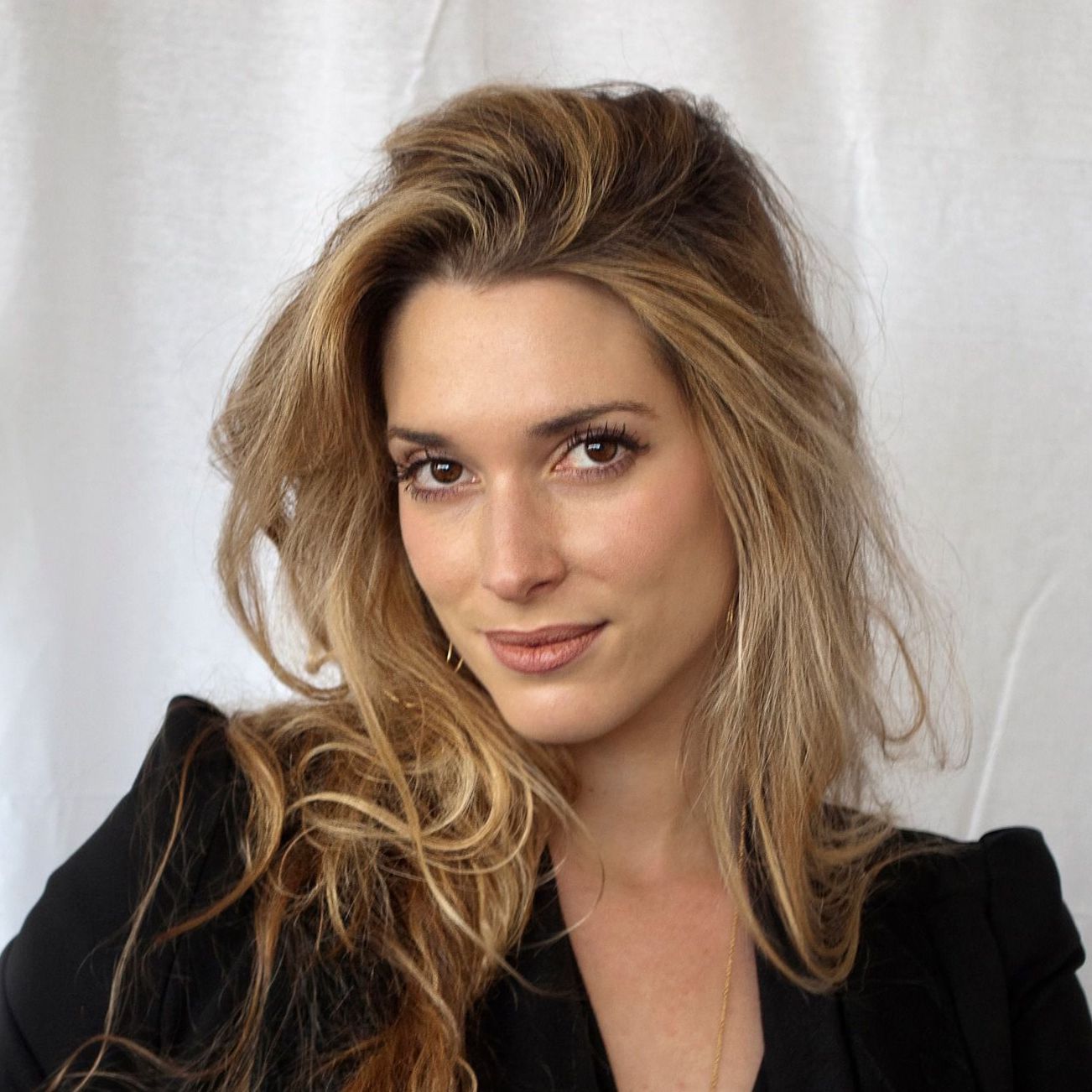The ‘Other’ Broad Museum
There are days when you’re stuck in freeway traffic and wonder why you ever came to Los Angeles. And then there are the moments when you know that there is no other place in the world to live. Such a moment came on Feb. 10, after receiving a handsome invitation from Eli Broad to visit his other little place, right next to the beach in the Ocean Park section of Santa Monica.
It’s the Broad Art Foundation (BAF), not to be confused with the Broad Art Center (BAC) at UCLA or the new Broad Contemporary Art Museum (BCAM) at the Los Angeles County Museum of Art (LACMA).
The five-story BAF building, once a telephone switching station, stands a few minutes’ walk from the Bernard Beach and children’s playground. BAF bills itself as a “lending library of contemporary art drawn from the collections of Eli and Edythe Broad.” Although it opened in 1988, it is one of the lesser-known jewels of Los Angeles.
That’s because access is by request or invitation only and generally limited to art or museum officials and “other qualified individuals.”
But if you’re lucky enough to land on an invitation list, be ready for an experience generally only granted vicariously through classic films — as in the scene in which the hero and his beautiful date pull up and park in an always-empty parking space smack in front of the most popular club in town, and are then solicitously plied with drinks and delicacies.
Which is to say that the Broads know how to put on a party, or, in this case, a brunch reception for some 200 of the Broads’ buddies.
Forget about circling a crowded buffet table, trying to spear a soggy French toast or hardening bagel. At BAF, the brunch comes to you in small but never-ending portions of crepes filled with caviar or marmalades, and other items unknown to the plebeian palate — but smelling and tasting real good — all borne by lithe young waiters and waitresses.
The best place to start is on the rooftop sculpture garden, which features a breathtaking view of the sun-flecked Pacific as well as arrays of various coffee, cake and cookie permutations.
While contemporary art is not one of our fortes, we could appreciate Andreas Gursky’s giant photo composites of football games or cattle ranches, the acrylic oil paintings of Albert Oehlen and the impressionistic works of Neo Rauch.
Whether you get in or not, the ritzy neighborhood and the lovely beach are alone worth a visit.
Check out http://www.broadartfoundation.org.
— Tom Tugend, Contributing Editor
Humor, Hope Marks Goldberg Mideast Talk
Despite a stale room and a tough crowd, journalist Jeffrey Goldberg prodded his audience with sarcasm as he considered the clash of cultures in the Middle East. Discussing his book, “Prisoners: A Muslim and a Jew Across the Middle East Divide” at Sinai Temple on Feb.7, Goldberg recounted his extraordinary story of how a Jew gained unprecedented access to the Palestinian people and their ideology.
 Raised on Long Island, Goldberg joined the Israeli army and was stationed as a prison guard at Ketziot military prison camp, which holds 6,000 Palestinian “rock-throwers, knifemen, bomb-makers and propagandists.” It was there that he befriended an imprisoned rising leader in the PLO, which illuminated his own thinking about the Palestinian struggle for nationhood.
Raised on Long Island, Goldberg joined the Israeli army and was stationed as a prison guard at Ketziot military prison camp, which holds 6,000 Palestinian “rock-throwers, knifemen, bomb-makers and propagandists.” It was there that he befriended an imprisoned rising leader in the PLO, which illuminated his own thinking about the Palestinian struggle for nationhood.
While Goldberg warned several-hundred mostly middle-aged Jews that the topic would be “depressing,” his humor and insight infused even the most harrowing subjects with hope. Goldberg recalled his fear of getting kidnapped when “four guys with beards, not in Chabad” were trailing him through Gaza on his way to meet with a high-ranking terrorist leader. And when Fatah gunmen armed with AK-47s protected the Jewish journalist as he toured a Gazan city, he described them as “cramping [his] style.”
After interviewing terrorists in Hezbollah, Islamic Jihad, Hamas, al Qaeda and the Taliban, Goldberg said America’s policy of trying to solve terrorism is fundamentally flawed.
“You cannot solve your terrorism problem by killing all terrorists,” he said.
“There are still people [in the Muslim world] that believe life is more meaningful than death and that suicide is not the answer to their temporal problems,” he added.
On the topic of peace between Israelis and Palestinians, Goldberg admits “right now, the idea of peace talks is almost farcical — it’s ‘Alice and Wonderland’ stuff these days.”
Until Islam undergoes a civilizational struggle and reforms itself, Goldberg does not believe peace is possible. While he isn’t worried about Jews, he thinks that the Diaspora community “should focus more on the opportunities Israel provides and not just it problems.”
Invest in Israeli companies, he urged. Support Israel by supporting their innovations and ideas.
Expressing an odd, slightly facetious kind of hope, Goldberg said, “The American Jewish community has outmoded ideas of what Israel is — the Israel of today is not the scrappy country it once was.”

The Yitzhak Rabin Hillel Center for Jewish Life at UCLA feted Avram and Dorothy Salkin for their community activism and philanthropy during a gala event on Jan. 31. Students Stacey Klein and Michelle Lyon were also honored at the Beverly Hilton as young community leaders on the rise. (From left) Avram Salkin, Michelle Lyon, Stacey Klein and Dorothy Salkin. Photo by Franklin Berger






















 More news and opinions than at a Shabbat dinner, right in your inbox.
More news and opinions than at a Shabbat dinner, right in your inbox.